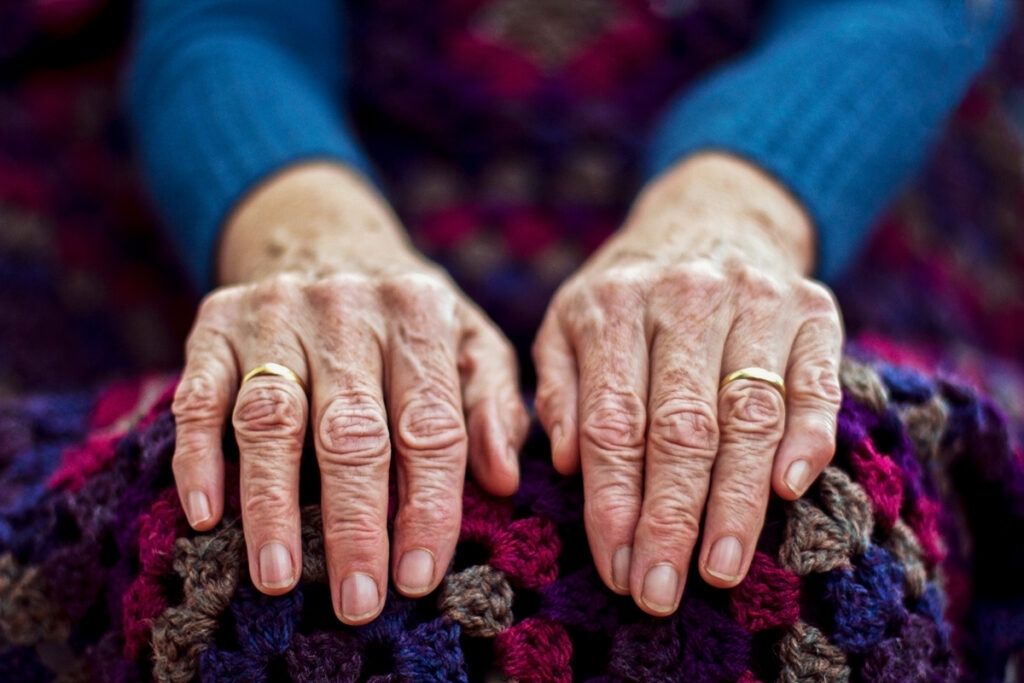PsA is an inflammatory autoimmune condition that affects bones and joints. It can develop as a complication of psoriasis.
Between 63% to 83% of people with PsA also have nail symptoms, according to data cited by a 2022 review.
Because of the strong connection between nail psoriasis and PsA, talk with your doctor if you have changes in your nails. Treatment options are available, and early diagnosis can help make treatment more successful.
Why can PsA cause changes in your nails?

The autoimmune response from PsA causes inflammation in bones and joints, including those in the fingers and toes. This can affect the growth of cells in the nail matrix, which is the area where nails grow.
Healthy fingernails and toenails are primarily made up of a hard nail plate made of keratin. This plate, what people commonly refer to as the nail, is attached to the finger by the nail bed.
The inflammation from PsA can disrupt the production of keratin, resulting in symptoms on the nail plate and nail bed.
What nail symptoms can PsA cause?
The signs and symptoms of nail disease associated with PsA can affect multiple sections of the nail area. They can also affect both fingernails and toenails.
Symptoms in the nail matrix
The nail matrix is where new cells develop to form the hard nail plate. Symptoms of nail psoriasis in this area include:
- nail pits, or pitting on the nail surface
- white patches in the nail plate
- redness in the lununa, which is the white half-moon you may see at the base of your nails
- changes in the shape, thickness, or color of your nails
Symptoms in the nail bed
The nail bed is the area where your hard nail plate attaches to your skin. Nail psoriasis in this area can cause symptoms including:
- splinter hemorrhages, where ruptured blood vessels cause spots that become stretched as nails grow
- separation of the nail plate from the nail bed
- patches of discoloration under the nail, often called oil spots or salmon patches
- increased nail thickness
- chalky nail texture
Talk with your doctor or dermatologist if you notice any of these symptoms. This is especially true if you have psoriasis, since these signs can be a strong indicator of PsA.
Depending on your diagnosis, your healthcare professional can discuss treatment options for both your nail symptoms and symptoms of PsA.
How do doctors diagnose psoriatic nail disease?
Typically, nail psoriasis symptoms develop in someone who already has a psoriasis or PsA diagnosis. When this occurs, doctors are able to diagnose nail psoriasis as a complication of the existing condition.
Doctors also evaluate the severity of nail psoriasis using a variety of tools. One method is the Nail Psoriasis Severity Index (NAPSI).
Using the NAPSI scale, specialists assign point values based on the presence of symptoms in both the nail matrix and the nail bed. Each nail can receive a score of 0 to 8.
Doctors can also use this evaluation over the course of treatment to measure symptom improvement.
What are treatments for nail psoriasis?
In additional to any treatment plan you may already be following for psoriasis or PsA, your doctor or specialist can discuss specific treatment options for nail symptoms.
The timing and effectiveness of treatments may vary depending on your individual diagnosis. Your doctor may also recommend a combination of treatment methods.
A 2016 review of nail psoriasis outlines treatment options, including the following.
Topical therapies
For mild symptoms, topical medications can be effective to reduce nail symptoms. Because nails grow slowly, these medications typically must be applied 1 to 2 times a day over several months.
Topical medications for nail psoriasis include:
- corticosteroids, such as clobetasol (Clobex)
- vitamin D analogs, such as calcipotriene (Dovonex) cream, 0.005%
- tazarotene (Tazorac) gel, 0.05%
Injections
Injected medications can reach areas beneath the nail plate. They also have a reduced risk of side effects when compared with systemic therapies. Examples include:
- corticosteroid injections, such as triamcinolone acetonide (Kenalog-10)
- antimetabolite injections, such as methotrexate (Otrexup)
Systemic therapies
Systemic therapies affect your whole body, not just your nails. Doctors typically only prescribe them when you also other symptoms of severe joint or skin disease. Systemic medications for psoriasis or PsA include:
- methotrexate, to reduce inflammation
- retinoids, such as acitretin (Soriatane)
- immunosuppressants, such as apremilast (Otezla) and cyclosporine
- biologics, such as infliximab
Laser therapy and photodynamic therapy
These treatments use highly focused light and energy to reduce the effects of nail psoriasis. However, studies are limited into their effectiveness, and some methods were painful for people undergoing them.
If you need help covering the cost of medications, the free Optum Perks Discount Card could help you save up to 80% on prescription drugs. Follow the links on drug names for savings on that medication, or search for a specific drug here.
